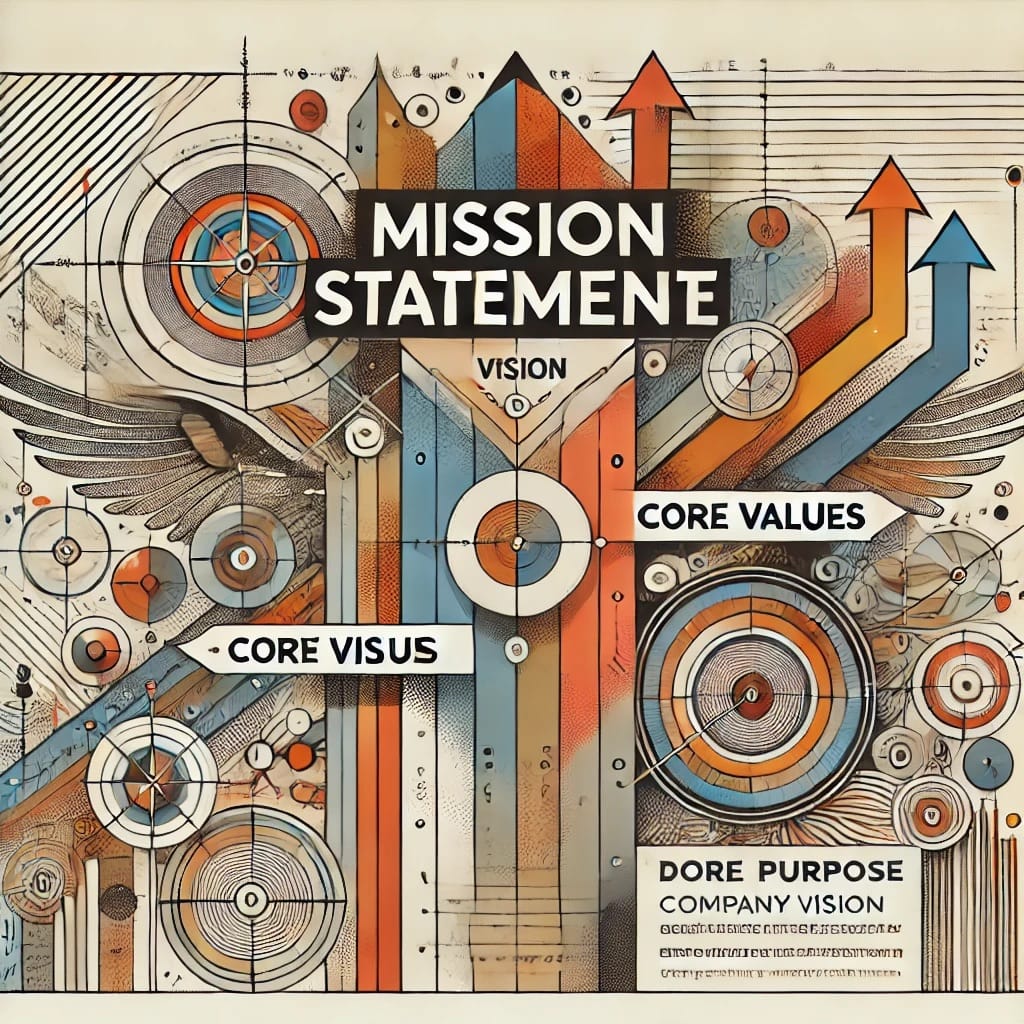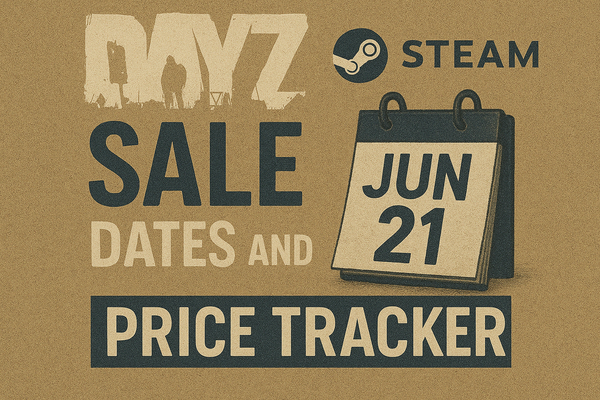Craft the Ultimate Mission Statement Template with Ease
Learn to craft an inspiring mission statement with our step-by-step guide. Get templates and examples to define your business’s purpose effectively.

Whether you run a small business or a large enterprise, clearly communicating your company’s value and purpose is critical. A compelling mission statement not only defines your brand but also engages customers and motivates employees. By using a mission statement template, you can articulate your vision effectively.
In this guide, we’ll cover what a mission statement is, why it’s essential, and how to write one using a step-by-step approach. Plus, you’ll find useful templates to simplify the process!

What Is a Mission Statement?
A mission statement is a concise declaration of your organization’s core purpose and goals. It explains why your business exists, the value it provides, and whom it serves. A great mission statement captures the essence of your company in a way that inspires customers, employees, and stakeholders.
Typically, a mission statement includes:
- The product or service your company offers.
- The target market and where they can access your offerings.
- The company’s purpose and how it benefits the public.
A strong mission statement should be authentic, engaging, and memorable, generally ranging from 50 to 100 words.
Types of Mission Statements
1. Business Mission Statement
This type of mission statement is most common among companies. It highlights what the business does and its primary objectives. A well-crafted business mission statement can inspire employees, attract top talent, and instill trust among customers.
2. Non-Profit Mission Statement
Non-profits use mission statements to communicate their guiding principles and social impact. These statements are critical for gaining support and funding from donors and for engaging the community.
3. Personal Mission Statement
Individuals, such as freelancers or professionals, use personal mission statements to express their values and career goals. This type of statement is also helpful for leaders looking to define their purpose and inspire teams.
Why Should Your Organization Adopt a Mission Statement?
Creating a mission statement comes with several benefits:
- Clarifies your focus: It helps you and your team focus on what truly matters.
- Guides decision-making: Your mission acts as a compass, ensuring decisions align with your company’s values.
- Keeps everyone aligned: A mission statement brings unity, encouraging collaboration and a shared sense of purpose.
- Attracts talent: People are drawn to companies with a strong and meaningful mission.
- Enhances branding: It communicates your brand’s essence, making your company more memorable and appealing to customers.
Writing a Mission Statement: A Step-by-Step Guide
Creating a mission statement might seem daunting, but breaking it down into manageable steps simplifies the process.
1. Take Inventory
Start by gathering your team to discuss and identify key elements of your business:
- What does your business deliver?
- What problems does it solve?
- Who are your target customers?
- What sets your product or service apart from competitors?
- What are your strengths and unique assets?
Compile all this information to have a solid foundation for your statement.
2. Answer Key Questions
Your mission statement should address five essential questions:
- What does your organization do?
- How does your organization do it?
- Who does your organization do it for?
- Where does your organization operate?
- What value does your organization provide?
3. Whittle It Down
From your brainstorming session, simplify and refine your ideas. Keep your statement short and sweet, ideally one or two impactful sentences. An effective formula to follow is:
“We [provide value] to [target audience] by [what your organization does] through [how you do it].”
For example, a modified version could be:
“We [what your business does] by [how you do it] for [target audience] to [ultimate value you provide].”
4. Add Color
Your mission statement should not only be clear but also inspiring. Use simple, powerful language that evokes emotion. Avoid unnecessary jargon or complex words. Focus on phrasing that resonates with your audience and reflects your company’s energy and culture.
5. Make It Public
Once your mission statement is finalized, share it widely. Make sure it’s visible and accessible to employees, clients, and potential partners. Consider placing it:
- On your website’s homepage.
- In your marketing materials.
- On your social media profiles.
- In job postings to attract like-minded candidates.
6. Adjust as Needed
As your business evolves, your mission statement should, too. Revisit it periodically to ensure it still reflects your goals and values. Don’t be afraid to make adjustments to stay relevant in a changing market.
Some Mission Statement Examples
Let’s take a look at some powerful examples:
- WIX: “Create your own professional web presence – exactly the way you want.”
- Google: “To organize the world’s information and make it universally accessible and useful.”
- Tesla: “To accelerate the world’s transition to sustainable energy.”
- Microsoft: “To empower every person and every organization on the planet to achieve more.”
- Starbucks: “To inspire and nurture the human spirit – one person, one cup, and one neighborhood at a time.”
- Airbnb: “To create a world where anyone can belong anywhere, and we are focused on creating an end-to-end travel platform that will handle every part of your trip.”
- IKEA: “To create a better everyday life for many people.”
- Disney: “To be one of the world's leading producers and providers of entertainment and information.”
- Patagonia: “Build the best product, cause no unnecessary harm, use business to inspire and implement solutions to the environmental crisis.”
- Nike: “To bring inspiration and innovation to every athlete in the world.”
These examples show that mission statements can vary in tone but always convey the core purpose and value of an organization.
Some Tips When Writing a Mission Statement
1. Use Simple Language
Simplicity is key. Use direct, clear language to make your mission easily understood and memorable.
2. Gather Ideas or Feedback from Others
Collaborate with your team to get diverse perspectives. Collecting feedback from different departments can lead to a well-rounded and inclusive mission statement.
3. Show the Value of Your Organization
Make sure your statement emphasizes the unique value you bring to your customers or community.
4. Consider Emotional Elements
Connect emotionally with your audience. Use language that inspires and resonates with their aspirations or challenges.
5. Look at the Bigger Picture
Consider how your mission fits into the broader context of your industry or community. A forward-thinking mission statement can attract support and create lasting impact.
Mission Statement Templates
1. Mission Statement Worksheet Template
This template is ideal for answering the core questions and organizing your thoughts. It’s especially useful for teams that want to brainstorm collectively.
Download from: [Smartsheet]
2. Basic Mission Statement Template
A simple template designed to prompt key insights about your business’s purpose, goals, and values. It’s perfect for getting started.
Download from: [TemplateLab]
Microsoft Office to Edit Your Mission Statement
To create and edit your mission statement, consider using Microsoft Office applications like Word and Excel. These tools are user-friendly and versatile, making them ideal for organizing and refining your document. You can get Microsoft Office 2021 Professional Plus at an affordable rate on RoyalCDKeys.
Source: Mission Statement Template - [A Useful Step-by-Step Guide]
Explore our newest blog on the topic: Design a Workback Schedule That Streamlines Your Business





